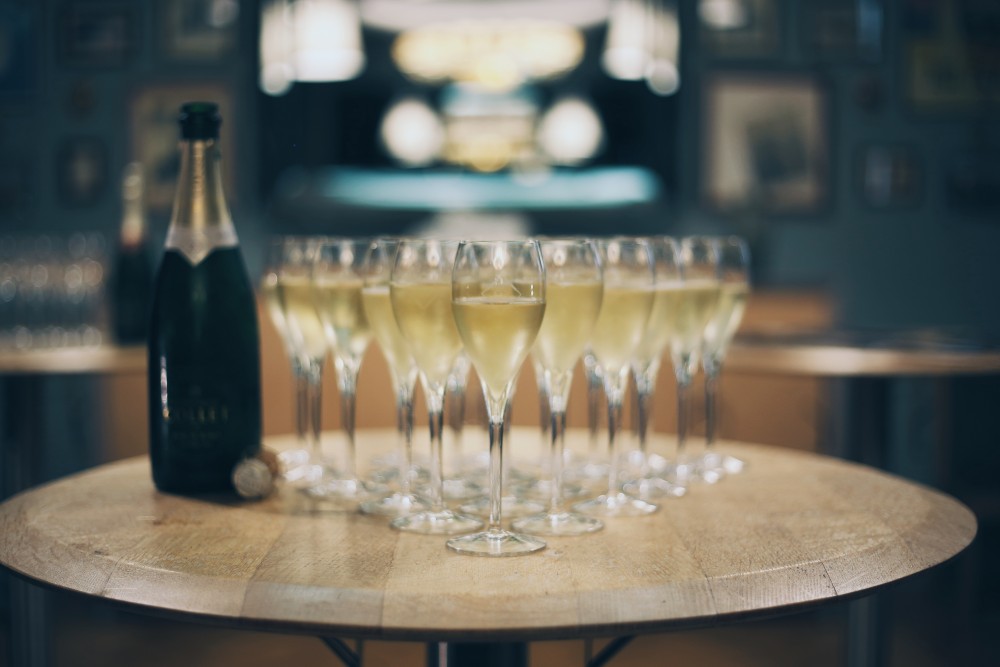The best fine wines to have in your cellar from Q1
Fine wines are key to the dining-out experience in a small, but influential, segment of the high-end restaurant trade
Particularly in cities where some consumers want to spend lavishly, having a cellar with the right wines is expected. Choosing them well could also mean good returns in terms of selling margins in the years ahead.
Collectors avidly follow the fine wine market, but luxury restaurateurs can also benefit from doing the same. The latest WineCap report for Q1 has just been released and it shows several trends that have shaped the market. And, as an asset class, fine wine remained relatively unaffected but the general economic turbulence seen in the first quarter.
Some highlights from the Q1 report:
- Fine wine prices have risen slightly after a slow start to the year
- As the last ‘rabbit’ vintage, some Bordeaux 2011s enjoyed heightened demand and rising prices thanks to Chinese New Year 2023 (the year of the rabbit)
- The Burgundy 2021 campaign was met with mixed sentiment from the trade due to low allocations and high prices
- Axel Heinz has left Ornellaia to join Chateau Lascombes to bring new life into the latter estate. Over the past five years, Lascombes prices have risen 2.5%, compared to 45% for Ornellaia
- The spotlight will soon be on Bordeaux, with the En Primeur release of the 2022 vintage, which has been described as ‘very promising’
Key regional forces at play
Compared to the mainstream, fine wines looked like a good bet. According to WineCap – which analyses over 400,000 wine prices a day – they have held steady but with a slight decline, helped by some important events that took place in Q1. These included Chinese New Year and the Burgundy 2021 En Primeur campaign which both boosted the market at the beginning of 2022.
Fine wines from ‘rabbit’ vintages (as per the Chinese zodiac) saw rising demand in Asia. For example, two wines from the last rabbit vintage; Château L’Évangile 2011 and Château Lynch-Bages 2011, reached all-time trading highs in the quarter, and three 2011 vintages made the top 10 best performing wines in Q1 (see list below).

Meanwhile, the Burgundy En Primeur campaign had a mixed reception because the vintage’s low volumes and high prices proved challenging. Average production volumes were down 50%, and release prices shot up 25% which led to demand for other recent vintages, such as 2018 and 2020.
The best performing wines in the first quarter revealed a trend towards the Rhône and Bordeaux, two of the most stable fine wine regions. WineCap says that this showed “investors’ risk aversion” in Q1. The biggest riser was Domaine Jean Louis Chave Hermitage 2019, up 58%. The list of the 20 biggest risers also included three Opus One vintages (2010, 2015 and 2011), which went up in value by between 3.3% and 18.8%. No Champagnes made it into the top 20 – a big shift versus the past two years.
Critics count
Bordeaux has been a quieter market of late due to a more subdued price performance compared to Burgundy and Champagne. But in Q1, two vintages were in the critics’ spotlight as they released their 2020 in-bottle scores. This led to price appreciation for some wines including Montrose (by 14%), Mouton Rothschild (15%), Pavie Macquin (22%), and Carruades de Lafite (40%).
Meanwhile, reports from the annual Southwold tasting suggested that 2019 might be one of the best vintages ever, including those from Masseto and Dominus. Released when most of Europe was in lockdown, the vintage offered high quality at attractive prices – and it represents good value for money today.

While fine wine prices overall closed Q1 in negative territory, most regions enjoyed a positive price performance in March, though the recent gains did not correct the losses at the start of the year.
Champagne, which had risen 68% between 2021 and 2022, has seen the most substantial declines so far in 2023, down 5.8%. Wines that have become more affordable include Jacques Selosse Millesime 2008 and Louis Roederer Cristal 2013. On the other hand, Philipponnat Clos des Goisses 2012 and Bollinger La Grande Annee 2014 have continued to appreciate in value.
In Q2, the focus will move to the En Primeur release of the 2022 vintage – a year marked by heat and drought that produced yields below the 10-year average. The quality is expected to be high, according to the official CIVB vintage report, but it remains to be seen how new releases will be pitched to look attractive in the context of the well-regarded 2019s.
Join us at SIAL Paris as exhibitor Join us at SIAL Paris as visitor
